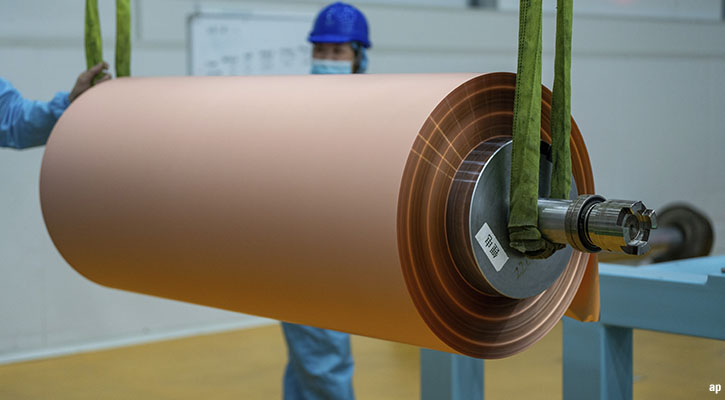Performance Roundup
Volatility returned to the commodity markets with a vengeance in the second quarter. While most commodities saw an upswing the in the first half of the quarter, a bleak global economic outlook led to a precipitous drop in May and early June. The Morningstar Long-Only Commodity Index recorded moderate gains in April and June (3.6% and 1.2%, respectively) to no avail due to a 7.4% decrease in May. The index ended down 2.9% on the quarter, decreasing for the second straight quarter.
Across the board, April was a good month for commodities. Only copper and sugar recorded significant losses (6.2% and 8.2%). The quarter as a whole, however, proved to be a tough one with losses in all of the long indexes and stagnation in the short ones. Coffee (19%) and gold (12%) were the top performers, followed closely by natural gas (11%). Copper was the laggard of the pack, shedding 18% of its value. The surprise story is the sluggish performance of oil with Morningstar’s Brent Crude down 12%, RBOB Gas down 11%, and WTI Crude down 14%.
Here is a quick recap of how some individual sectors fared:
- Energy: Oil was priced "close to perfection" (price at which supply and demand balance)--fluctuating within a relatively tight range of $70-$85. Regardless of the BP oil spill and imminent regulations on off-shore drilling, oil supply is expected to be plentiful throughout the near term. After tumbling 22% in the first five months of the year, natural gas prices shot up 15% in June amid forecasts for the hottest U.S. summer in 30 years, which would increase demand by power plants that use natural gas to generate electricity. In a recent article in the Wall Street Journal, "Hedge funds whipsawed by gas bets," the author discusses how the volatility in natural gas has caught even the savviest investors off guard, sparking a string of unexpected losses for top-name players. Funds that were short in natural gas incurred heavy losses due to the unexpected jump in prices. Research shows that energy prices are driven not only by demand/supply forces, but also factors such as geopolitical risk. It is for this reason that Morningstar uses a more conservative approach in our indexes. If the momentum turns negative in energy contracts or the signal is short, we move to a conservative cash (or flat) position.
- Metals: Thanks to a strong rally in the price of gold, metals was the strongest performing sector with a gain of 7% for the quarter. Investors continue to view gold as a safe haven as concerns about government debt burdens continue to grow. Gold continued its multiyear rally adding 12% for the quarter. Among the industrial metals, copper was the worst performer, finishing the quarter 18% down. Slightly lower second-quarter growth numbers from China caused concerns about future demand from one of the world’s largest metals consumers.
- Agriculture: A bumper harvest in major commodities like corn and wheat kept the prices flat for the quarter. Coffee prices rose sharply--19% for the quarter--largely due to poor crops in Vietnam and Central America causing a fall in global supplies. Agriculture markets in the Northern Hemisphere could see increased volatility as farmers head into one of the hottest summers in years.
Research Recap
Appetite is waning for traditional long-only passive indexes. In newly published research in The Journal of Index Investing, Dr. Paul Kaplan, head of quantitative research at Morningstar, discusses why the long-only strategies that currently dominate commodity index investing do not best serve investors as investment vehicles or as benchmarks. He explains the economic rationale behind alternative long/short commodity indexes that allow investors to maximize both sources of excess returns--price change and roll yield.
In a similar piece in the Financial Times titled "Managers turn to more creative strategies," Gregory Meyer discusses the disconnect that exists between the current theory and reality of commodity investing through long-only indexes.
Commodity bubbles are not driven by speculation, claimed a recent study published by OECD. One of the key findings of the study was that the amount of money flowing into commodity index funds increased substantially in the period from 2006 to 2008. Although this increase represents a major structural change in investor participation in agricultural commodities futures, it has not increased price volatility, according to the study. The paper said there is "no convincing evidence that positions held by index traders or swap dealers impact market returns."
Latest Commodities Performance and Research
Bookmark the Morningstar® Global Commodity Indexes page for quick access to index returns and our comprehensive commodities-related research here.

















